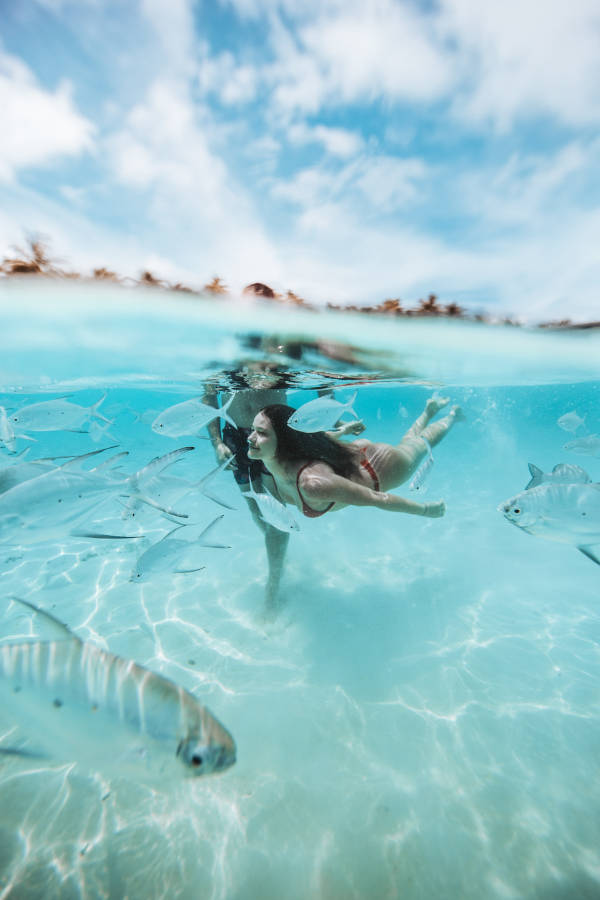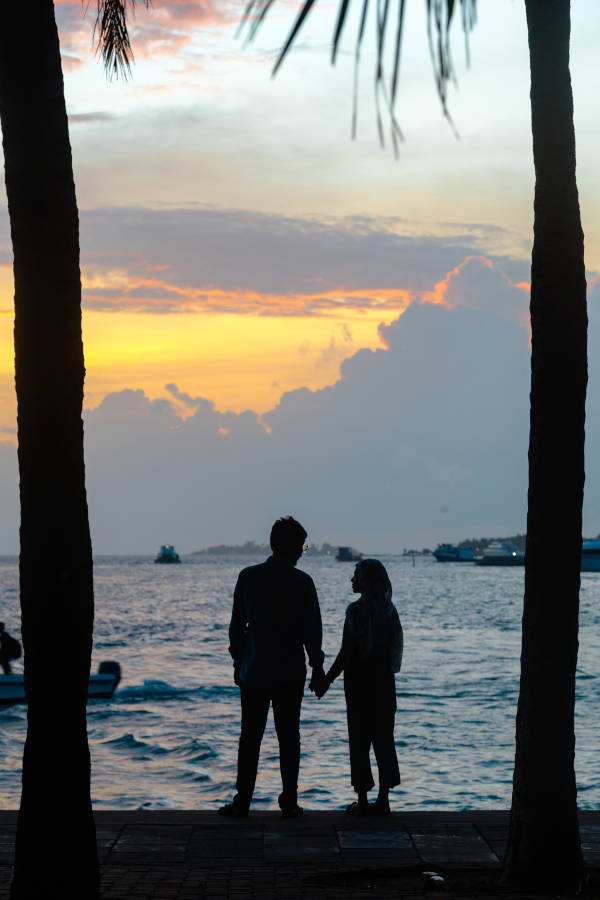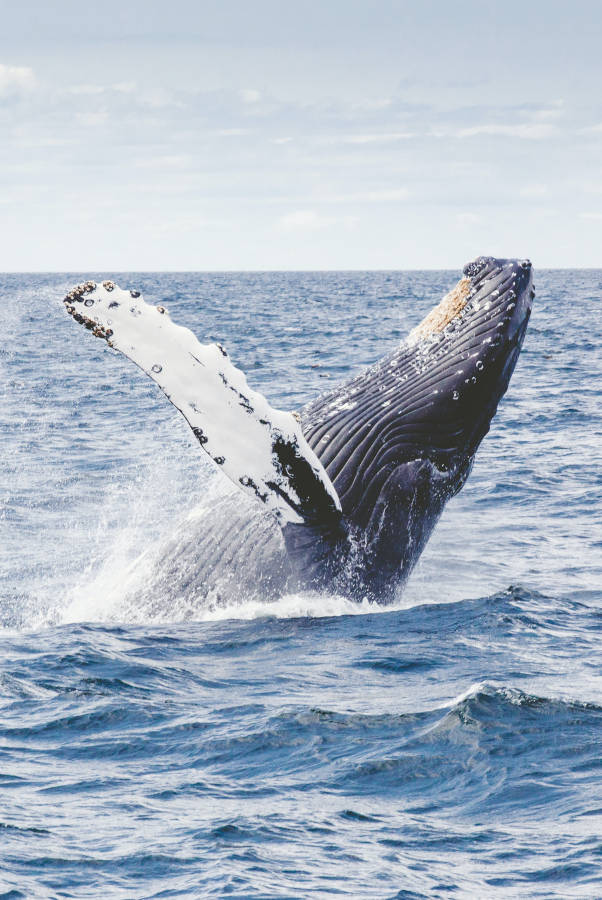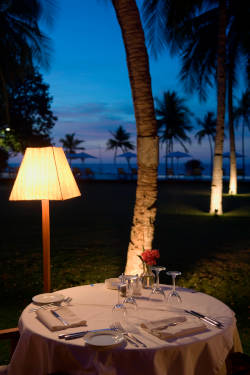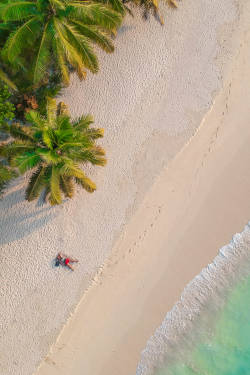WESTERN REGION
MUST SEE
The western region of Madagascar is known for its unique and remarkable Tsingy de Bemaraha National Park, which is a UNESCO World Heritage site. The park’s most striking feature is its razor-sharp limestone formations that resemble a forest of stone needles. These formations, known as Tsingy, are the result of millions of years of erosion caused by wind and rain. This magnificent natural wonder spans over 150,000 hectares and is home to a diverse range of plant and animal species, including several endangered lemurs, bats, and birds.
Western Madagascar has a hot, rainy season from December to April and warm, dry weather from May to Nov. Traveling during the rainy season is challenging due to flooded roads and docks, but November is popular for lush vegetation and active wildlife. Most tourist lodgings are closed from December to April.
LANDMARKS
This region epitomizes Madagascar’s uniqueness, but travel can be difficult beyond the paved national highways. However, the priceless rewards and epic experiences make it unforgettable.

The Avenue of the Baobabs in Madagascar is a stunning and easily accessible road between the cities of Morondava and Belo-Sur-Tsiribihina. While the entire road is lined with impressive baobab trees, the most well-known section is a 250-meter stretch called “Allée de Baobab,” which is renowned for its photogenic silhouette. These trees, which belong to the Adansonia grandidieri species, can reach up to30 meters in height and are considered to be Madagascar’s landmark. Many of the baobabs are over 1000 years old. The Allée de Baobab is a popular destination for photographers due to the unique avenue-like formation of the trees, which
are usually solitary in other parts of the world.
Betania is a small fishing village located 6 km north of Morondava, known for its traditional wooden boats used by fishermen. The village is rustic and inhabited mainly by the Vezo ethnic group. Visitors can experience the traditional Malagasy lifestyle, witness the daily life of fishermen, and arrange fishing trips with local fishermen. Betania is a popular destination for tourists who want to experience authentic Malagasy culture and explore the coastline.
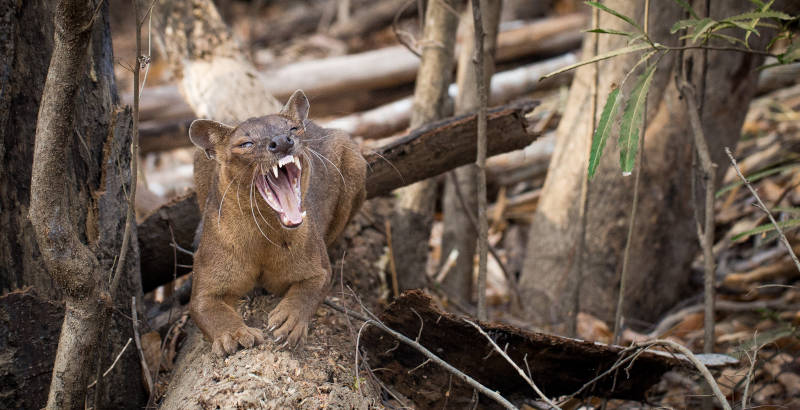
Kirindy Forest or Kirindy Private Reserve is a park located 50 km northeast of the town of Morondava in western Madagascar. The forest is known for its two distinct seasons, the dry season from March to December and the rainy season from December to March. The forest is also home to many other species, such as lemurs, geckos, and a variety of endemic trees. The forest was previously operated based on an experimental sustainable timber harvesting scheme that did not cause permanent damage to the region.
Kirindy is known among many tourists for the Fossa, which is the biggest predator in Madagascar. The mating season of the
Fossa occurs in November, making it the best time to observe them. Presently, there are two adult male Fossas that occasionally visit the camp. During the day, the focus is on the larger lemurs such as the Verreaux’s sifakas and red-fronted lemurs, who expertly jump from one tree to another. Certain groups of lemurs are familiar with human presence and allow visitors to approach them up to a few meters.
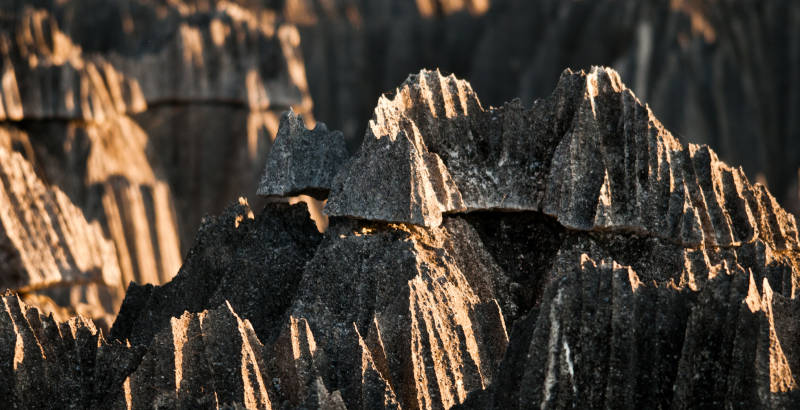
The Bemaraha National Park, classified as a UNESCO World Heritage Site in 1990, includes the tsingy which form part of the limestone plateau of the same name. The tsingy found here offer some of the most impressive landscapes in Madagascar, with their network of faults, crevices, and limestone blocks sculpted into sharp blades.
Millions of years ago, these regions were buried under the sea. Corals and shells piled up and fused together to form a huge plate reaching 200 meters thick. The waters gradually receded, leaving the limestone exposed and forming joints and canyons.
Rain then began its long process of erosion on the surface and in depth. The sun beats down on the “roof” of thetsingy, which can reach very high temperatures, while at the bottom of the canyons, one can feel the effort of the vegetation to reach towards the light to benefit from vital photosynthesis.
The Bemaraha park offers a breathtaking landscape and is a must-see destination in Madagascar.
The Bemaraha Reserve is home to a considerable number of diverse and varied endemic species. Nearly 400 animal species (mammals, birds, reptiles, amphibians) are listed in the park, and no less than 900 native plant species grow there as well.
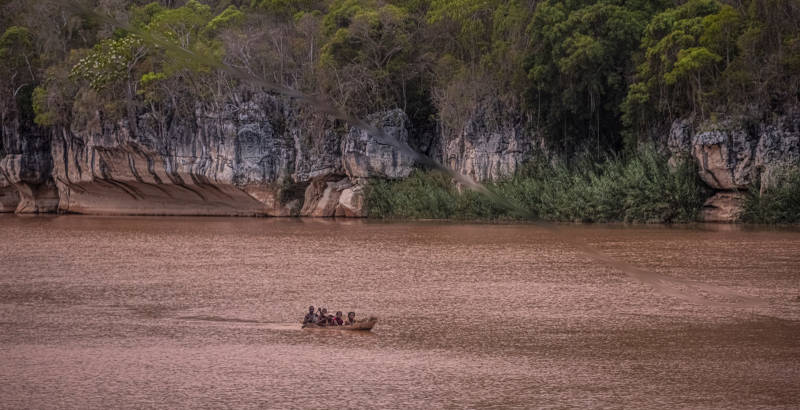
Drifting down the Tsiribihina River is a popular activity in western Madagascar, offering a unique glimpse into a life ruled by the river, not the roads. Birdwatching opportunities, occasional lemur sightings, and encounters with local Malagasy people going about their daily activities, like fishing and crossing the river with zebu carts, make this journey captivating. Camps on sandbanks each night, along with short walks and visits to local villages, create memorable experiences.
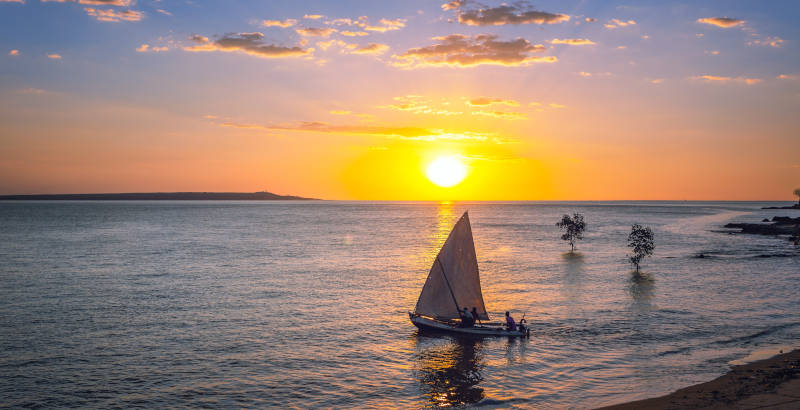
Majunga is a port city located in the northwest of Madagascar, nestled against the Mozambique Canal at the mouth of the Betsiboka River. The city is extensive and is recognizable by the many baobab trees that serve as landmarks in the layout of the streets and neighborhoods.
Although still unknown to many, this city has much to offer in terms of natural and historical attractions. Majunga is rich in cultural heritage and lush vegetation, promising an unforgettable stay. The region is crossed by impressive mountains, large plains and plateaus, as well as savannah where friendly palm trees can be seen. As a cosmopolitan city with inhabitants from all corners of the world (Africa, the Arabian Peninsula, India, Europe, Asia), you will not fail to admire the beauty of its beaches, which are always sunny and surrounded by a whirlwind of ever more colorful landscapes.
There are many activities to choose from! With its rich and diverse fauna and flora, many birdwatching tours are available, particularly in the new protected area of Ampitsopitsoka in the Mahavavy-Kinkony Complex. You can also observe lemurs leaping from branch to branch in the mangroves or catch a glimpse of the few crocodiles that blend into the rocks. For the more adventurous, numerous hiking trails, mountain biking, or quad biking options are available. This way, you can explore Majunga and its surrounding area at your leisure.
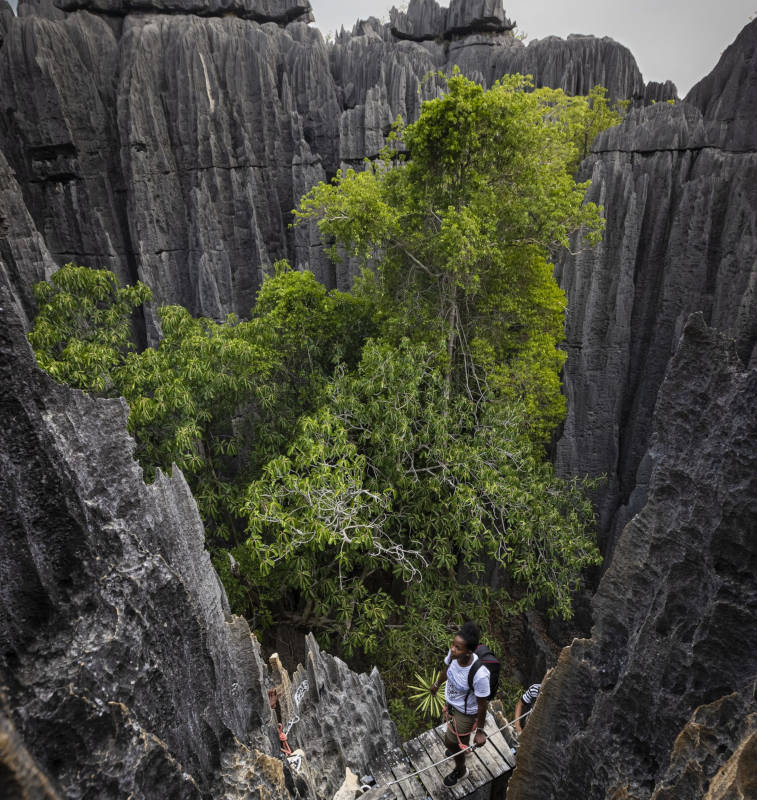
WHY GO?
The western part of Madagascar, which is split in two with no road links between the north and south, provides numerous opportunities for adventure and awe-inspiring sights.
The region features breathtaking limestone formations in Tsingy de Bemaraha, a habitat for fossa at Réserve Forestière de Kirindy, and an exceptional birdwatching experience in Parc National Ankarafantsika. Travelers can also explore Allée des Baobabs, luxurious resorts, and venture into the wild.

The women of western and northern Madagascar wear a white facial mask called masonjoany to protect, soften, and remove blemishes. Made by grinding the masonjoany tree branch into a paste with water, the mask is worn during the day and removed at night.

EXPLORE THE JOURNEY
Our team of experts will guide you through the planning process to help you create a personalized itinerary that meets your needs and preferences. Contact us now to start planning your dream trip.

